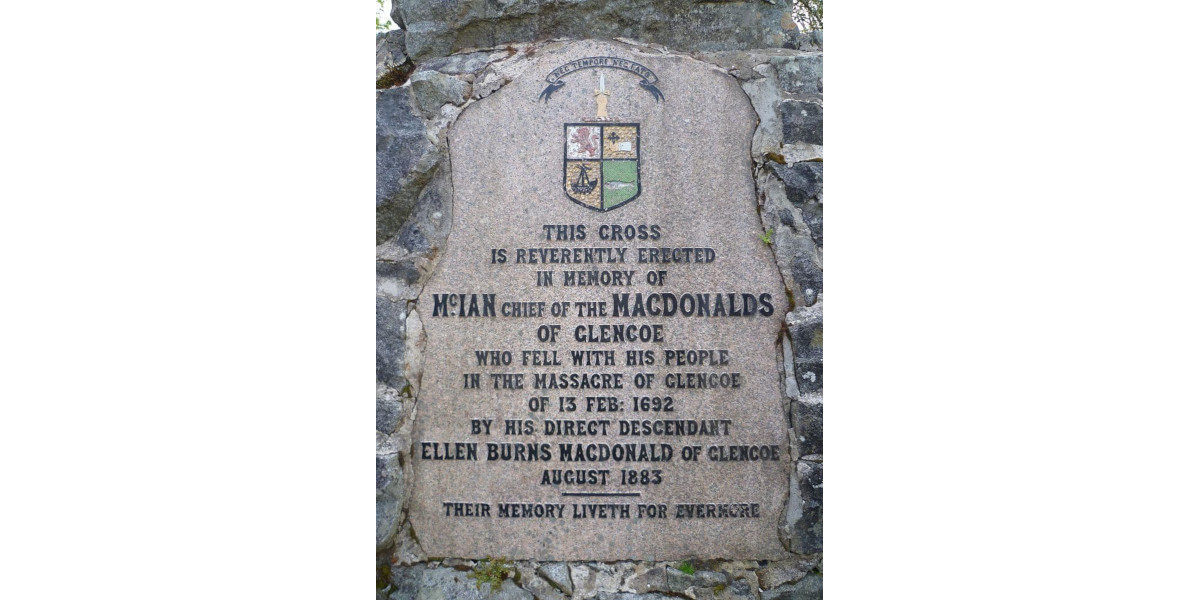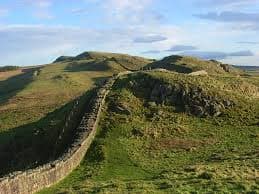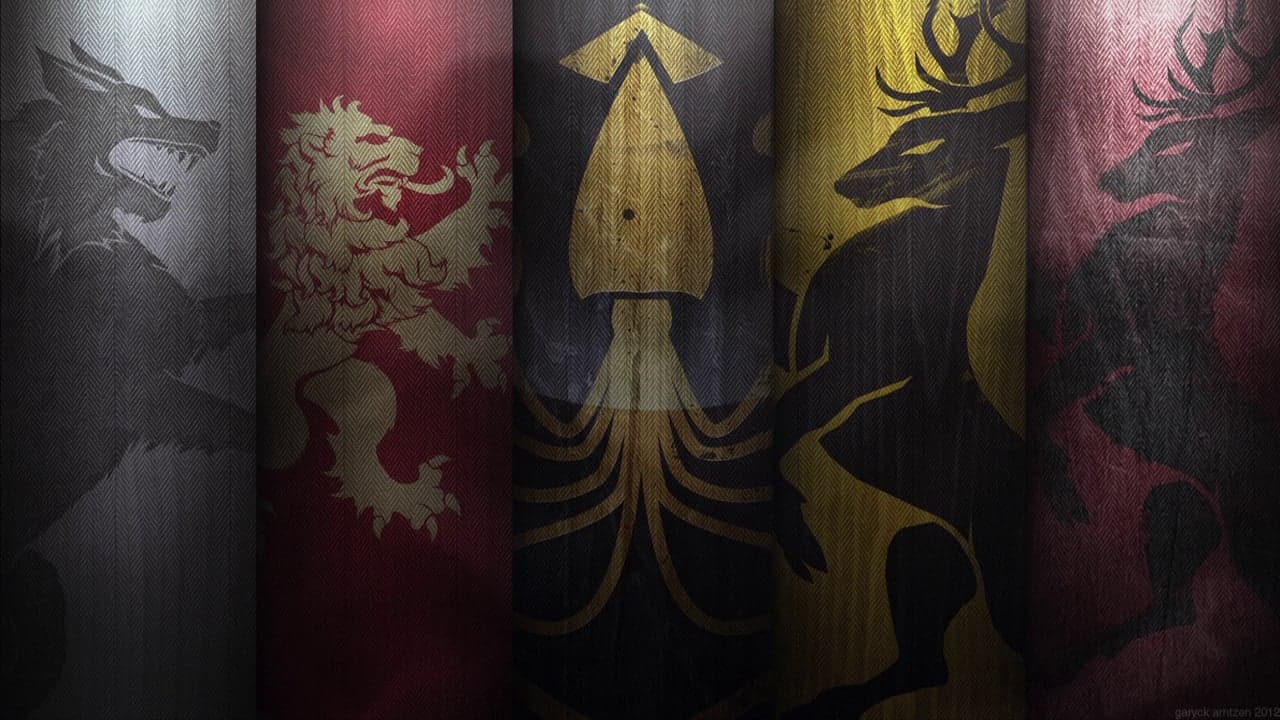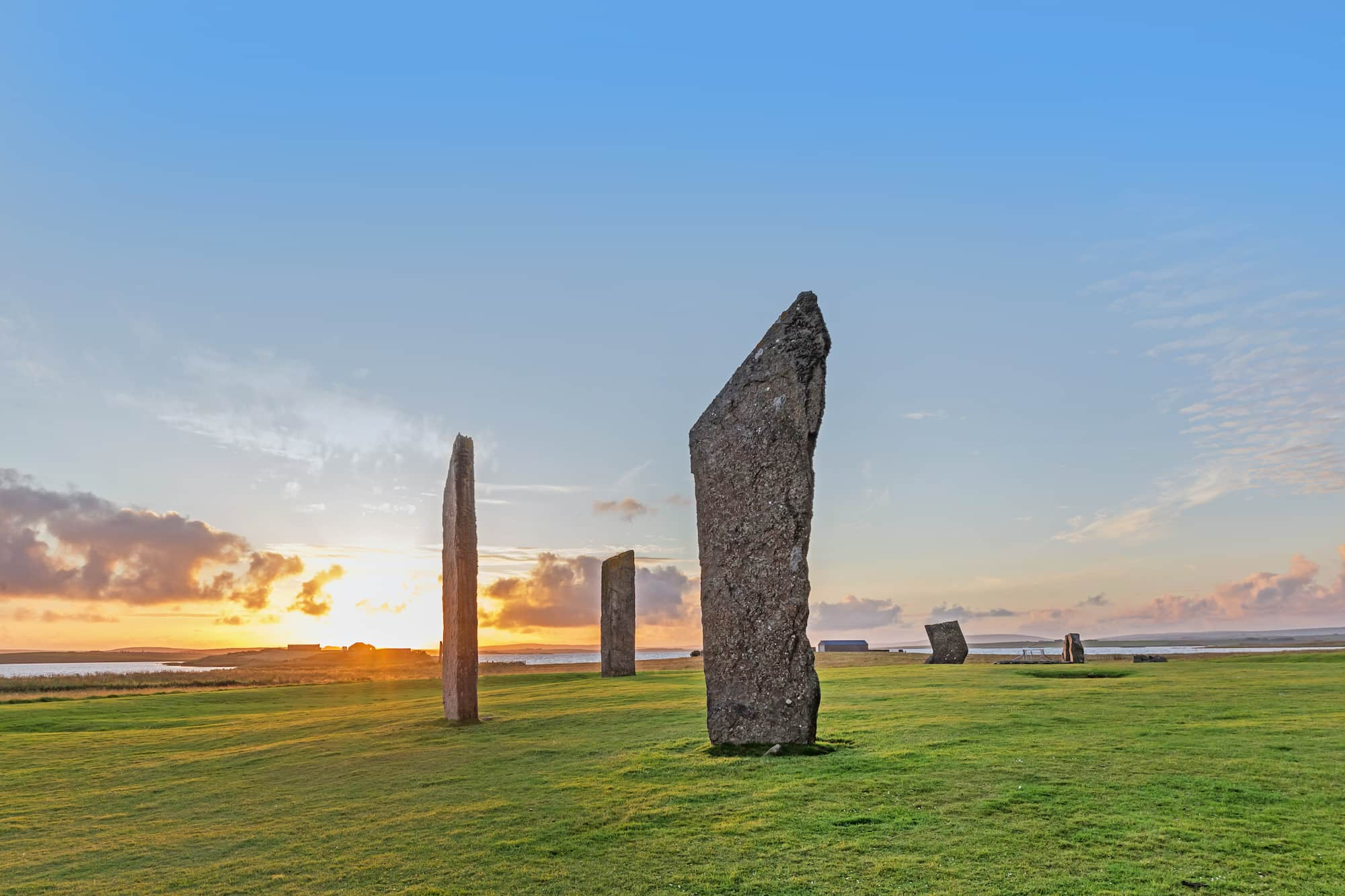Perhaps George R. R. Martin will take further inspiration from the history books when he writes the remaining two books in the A Song of Ice and Fire series. The Winds of Winter is the next in the series which he has been writing for six years and it is still "months away" from completion however several chapters have already been released and A Dream of Spring will follow it some time after.
Events from Scottish and British History that inspired Game of Thrones
Game of Thrones is based on the “A Song of Ice and Fire” series of books written by George R. R. Martin with the first of book of the series published in 1996. Fast forward 21 years and there have been five published books and the seventh series of the award winning show has just came to a close last year with the eighth and final series still to come.
Warning, spoilers below...
The Black Dinner and the Massacre of Glencoe
George R. R. Martin has stated that he has taken inspiration from many historical events in Scottish and British history. Let’s start with one of the most infamous and memorable episodes of Game of Thrones; “The Rains of Castamere” (Season 3, Ep 9) or as most refer to it as; The Red Wedding. Fans will always remember when Robb Stark and his army arrive at the Twins, the castle of house Frey to celebrate his uncle Edmure’s wedding. Towards the end of the celebrations they are betrayed and brutally murdered by the Freys and the Boltons. George R. R. Martin explained: “The Red Wedding is based on a couple real events from Scottish history. One was a case called The Black Dinner. The King of Scotland was fighting the Black Douglas clan. He reached out to make peace. He offered the young Earl of Douglas safe passage. He came to Edinburgh Castle and had a great feast. Then at the end of the feast, [the king’s men] started pounding on a single drum. They brought out a covered plate and put it in front of the Earl and revealed it was the head of a black boar — the symbol of death. And as soon as he saw it, he knew what it meant. They dragged them out and put them to death in the courtyard. The larger instance was the Glencoe Massacre. Clan MacDonald stayed with the Campbell clan overnight and the laws of hospitality (law stated a host and guest, even if mortal enemies, could not harm one another) supposedly applied. But the Campbells arose and started butchering every MacDonald they could get their hands on. No matter how much I make up, there’s stuff in history that’s just as bad, or worse.”
Hadrian's Wall
One of the main story arcs that the show follows is the continually growing threat of the White Walkers and the fact that “Winter is coming.” Keeping the Seven Kingdoms protected from the Wildings and other dangers of the North is a giant 300 mile long and 700 foot high wall. It was inspired by 'Hadrian’s Wall'; built by the Romans in AD 122 and marked the border between Roman territory and the lands of the Scottish barbarians. It is easy to see the parallels between the Romans building a sea-to-sea wall between them and the Scottish barbarians and the building of a wall to keep out the wildlings in the North!
The Black Watch
The Night’s Watch who guard the wall in the A Song of Ice and Fire story are often compared to The Black Watch, although this comparison has not been confirmed by George R. R. Martin. The Black Watch were a collective of six companies formed by General George Wade to keep “watch” over Scotland and patrol the highlands. One of the companies were from Clan Grant, one from Clan Fraser of Lovat, another from Clan Munro and three were from Clan Campbell. There are a few similarities here, including the attire of both groups, the Black Watch wore dark tartan and the Night’s Watch wear dark clothes and heavy cloaks and both protect their people from potential invading rebel groups (wildlings and predatory highlanders).
The Wars of the Roses
Although not Scottish, the other main story arc that A Song of Ice and Fire and Game of Thrones follows is based on British history also. In the books and show the conflict between all the ruling houses of the Seven Kingdoms of Westeros after the death of King Robert Baratheon becomes what is known as the War of the Five Kings, all fighting for control of the Iron Throne. George R. R. Martin claims that the biggest influence from history on him was the Wars of the Roses, a conflict spanning roughly thirty years between the House of Lancaster (symbolised by a red rose) and the House of York (symbolised by a white rose) for control of the throne of England. “British history has played an enormous impact on Game of Thrones and A Song of Ice and Fire. The Wars of the Roses are probably the single biggest influence. I’ve drawn from French history, and Scottish history, and other things, but at the center of it all is the Wars of the Roses. I have the Lannisters and the Starks, and in real life it was the Lancasters and the Yorks.” Comparisons are often drawn between the Starks and the Yorks with both being northerners and between the Lannisters and the Lancasters who were both far more wealthy than their opponents. The names of the two main houses are even similar; Stark/York and Lannister/Lancaster.
King Edward I of England
Another similarity that many fans make between the Starks and Lannisters comes from Tywin Lannister and how much his character resembles King Edward I of England. Both have a similar coat of arms - a golden lion on a red background (Lannister coat of arms shown above). Both trained their sons from an early age in combat and strategy, using them in many battles as commanders. Both lost their wives at a young age. Both are also brutal against their enemies and in many paintings of King Edward he is portrayed as having blonde hair – much like the typical Lannister hair colour. Think of Eddard Stark like William Wallace and it’s easy to draw comparisons between them both being at war with the North and executing their main adversaries (who were both betrayed prior to capture) in public.





